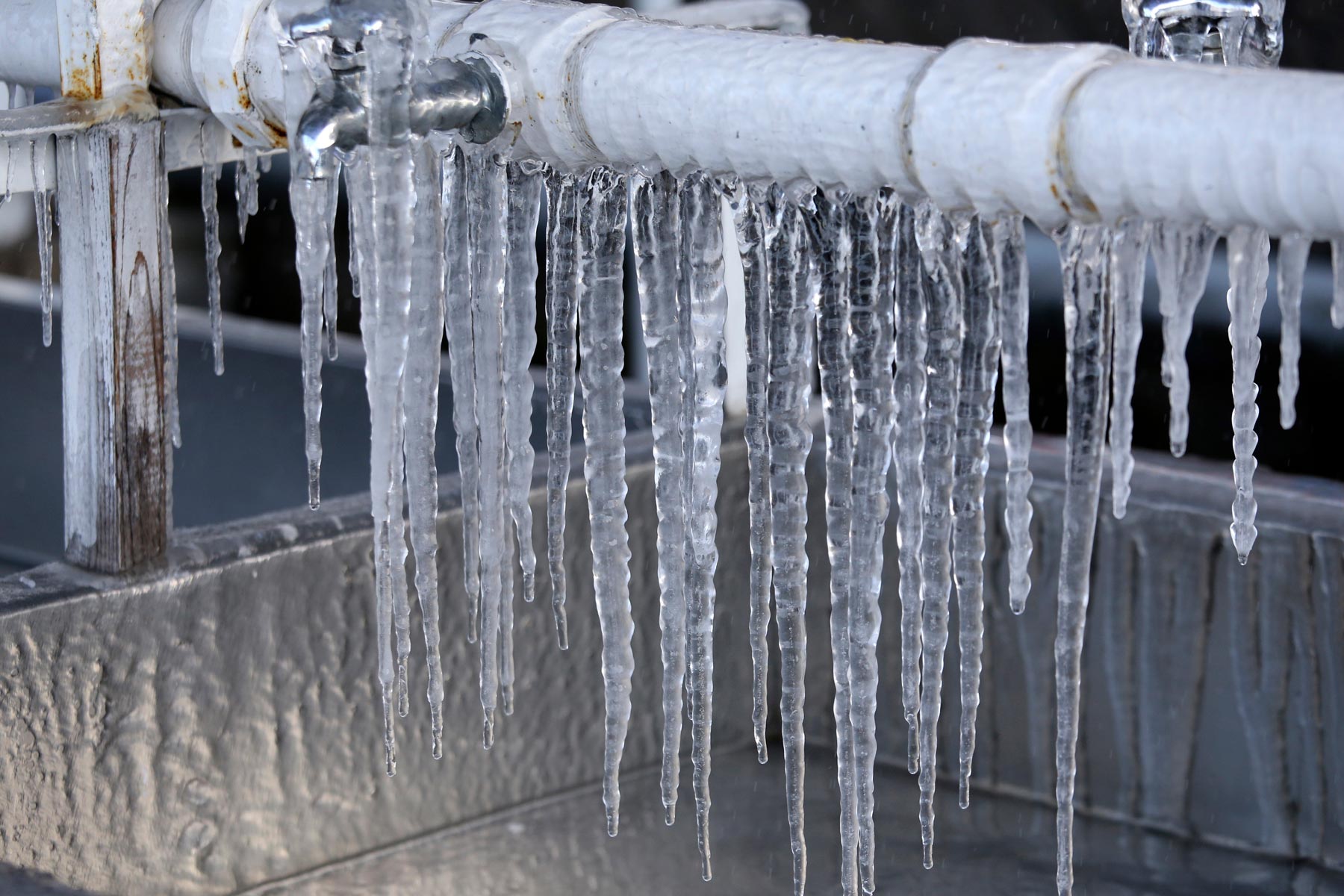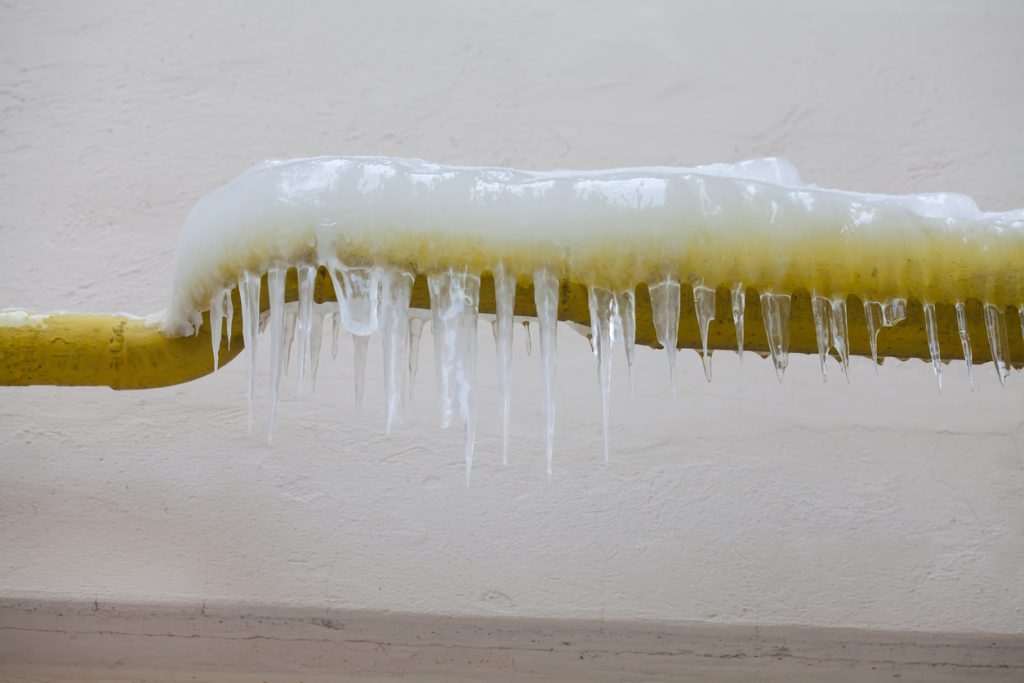Protecting Pipes from Freezing Issues: Key Approaches
Protecting Pipes from Freezing Issues: Key Approaches
Blog Article
What're your thoughts about How to Prevent Your Pipes From Freezing?

Winter can damage your plumbing, especially by freezing pipes. Below's exactly how to prevent it from taking place and what to do if it does.
Introduction
As temperature levels decrease, the risk of icy pipelines increases, possibly leading to expensive repair work and water damage. Understanding exactly how to stop frozen pipelines is vital for homeowners in cold climates.
Understanding Frozen Pipes
What creates pipelines to freeze?
Pipelines freeze when exposed to temperature levels below 32 ° F (0 ° C) for expanded periods. As water inside the pipes freezes, it broadens, putting pressure on the pipeline wall surfaces and potentially creating them to burst.
Dangers and damages
Frozen pipelines can lead to water system disturbances, building damages, and costly repair services. Burst pipelines can flood homes and cause extensive architectural damage.
Indicators of Frozen Pipes
Identifying frozen pipes early can avoid them from rupturing.
Exactly how to recognize frozen pipelines
Try to find decreased water flow from taps, unusual odors or noises from pipes, and visible frost on subjected pipelines.
Avoidance Tips
Protecting prone pipelines
Wrap pipelines in insulation sleeves or use warmth tape to protect them from freezing temperatures. Concentrate on pipelines in unheated or exterior areas of the home.
Home heating strategies
Keep interior rooms effectively heated, particularly locations with pipes. Open up closet doors to allow cozy air to circulate around pipes under sinks.
Safeguarding Exterior Pipes
Yard hoses and outdoor faucets
Disconnect and drain pipes yard tubes prior to winter months. Mount frost-proof faucets or cover outside faucets with insulated caps.
What to Do If Your Pipelines Freeze
Immediate activities to take
If you presume frozen pipelines, keep faucets open up to relieve stress as the ice melts. Use a hairdryer or towels taken in hot water to thaw pipes gradually.
Long-Term Solutions
Architectural adjustments
Take into consideration rerouting pipelines away from exterior wall surfaces or unheated areas. Include additional insulation to attic rooms, cellars, and crawl spaces.
Upgrading insulation
Purchase top quality insulation for pipelines, attic rooms, and walls. Correct insulation helps preserve regular temperatures and minimizes the risk of icy pipelines.
Conclusion
Stopping icy pipelines requires proactive procedures and quick actions. By comprehending the reasons, indications, and safety nets, home owners can protect their plumbing during winter.
5 Ways to Prevent Frozen Pipes
Drain Outdoor Faucets and Disconnect Hoses
First, close the shut-off valve that controls the flow of water in the pipe to your outdoor faucet. Then, head outside to disconnect and drain your hose and open the outdoor faucet to allow the water to completely drain out of the line. Turn off the faucet when done. Finally, head back to the shut-off valve and drain the remaining water inside the pipe into a bucket or container. Additionally, if you have a home irrigation system, you should consider hiring an expert to clear the system of water each year.
Insulate Pipes
One of the best and most cost-effective methods for preventing frozen water pipes is to wrap your pipes with insulation. This is especially important for areas in your home that aren’t exposed to heat, such as an attic. We suggest using foam sleeves, which can typically be found at your local hardware store.
Keep Heat Running at 65
Your pipes are located inside your walls, and the temperature there is much colder than the rest of the house. To prevent your pipes from freezing, The Insurance Information Institute suggests that you keep your home heated to at least 65 degrees, even when traveling. You may want to invest in smart devices that can keep an eye on the temperature in your home while you’re away.
Leave Water Dripping
Moving water — even a small trickle — can prevent ice from forming inside your pipes. When freezing temps are imminent, start a drip of water from all faucets that serve exposed pipes. Leaving a few faucets running will also help relieve pressure inside the pipes and help prevent a rupture if the water inside freezes.
Open Cupboard Doors
Warm your kitchen and bathroom pipes by opening cupboards and vanities. You should also leave your interior doors ajar to help warm air circulate evenly throughout your home.

Hopefully you enjoyed our piece on Prevent Frozen Pipes . Thanks for taking a few minutes to read through our piece of content. Enjoyed our piece of writing? Please share it. Help another person discover it. I treasure reading our article about 6 Ways to Prevent Frozen Pipes.
Click Here Report this page